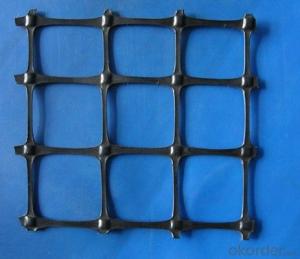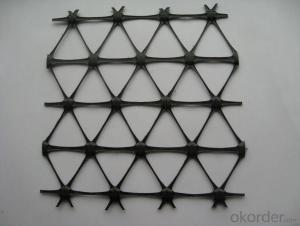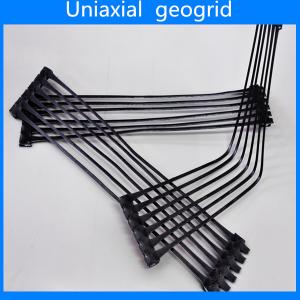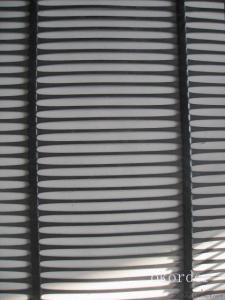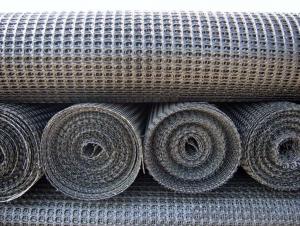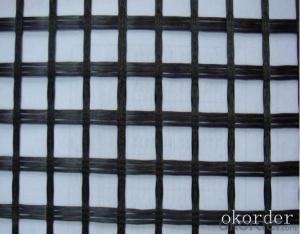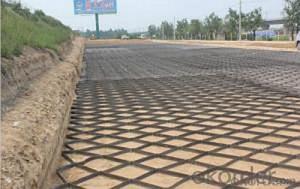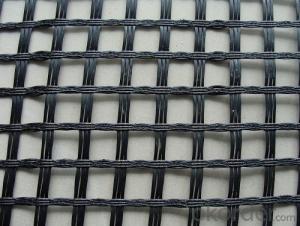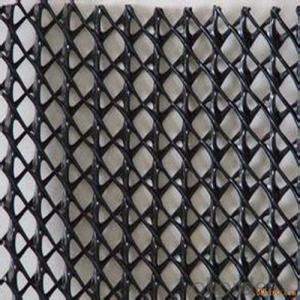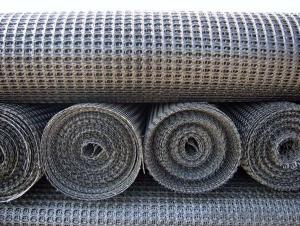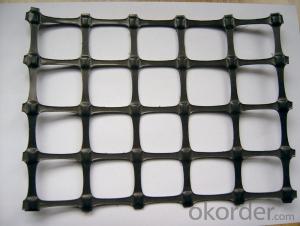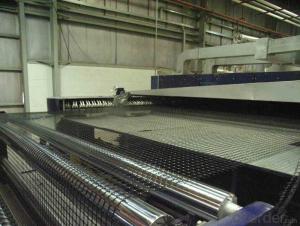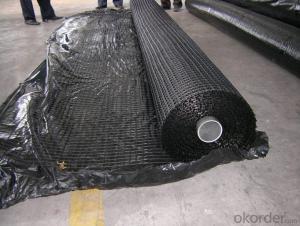Geogrid Australia
Geogrid Australia Related Searches
Geogrid Machine Geogrid China Alliance Geogrid Geogrid Philippines Geostar Geogrid Geogrid Layer Geogrid Energy Terragrid Geogrid Gmb Geogrid Geogrid Construction Asphalt Geogrid Geogrid Tbl Miragrid Geogrid Grass Geogrid Universal Geogrid Geogrid Tensar Geogrid Maps Geogrid Grass Geogrid Products Geogrid Com Ace Geogrid Geogrid Textile Geogrid Paving Ads Geogrid Terrafix Geogrid Tenax Geogrid Geogrid Gravel Geogrid Road Geogrid Mat Geogrid ParkingGeogrid Australia Supplier & Manufacturer from China
Geogrid Australia offers a comprehensive range of geosynthetic products, including geogrids, geotextiles, and geomembranes, which are widely used in civil engineering and construction projects. These products are specifically designed to enhance soil stability, reinforce foundations, and provide erosion control, making them essential components in various applications such as road construction, slope stabilization, and landfill liners. The versatility and durability of Geogrid Australia's products make them a popular choice among engineers and contractors.The application and usage scenarios of Geogrid Australia's products are vast, encompassing a broad spectrum of civil engineering projects. In road construction, geogrids are used to reinforce the subgrade, preventing pavement failure and extending the lifespan of the road. In slope stabilization, these products help to prevent soil erosion and maintain the structural integrity of slopes, particularly in areas prone to landslides or heavy rainfall. Geogrid Australia's products are also utilized in landfill liners to prevent the leakage of hazardous waste and protect the surrounding environment.
As a wholesale supplier, Okorder.com boasts a large inventory of Geogrid Australia's products, ensuring that customers have access to the materials they need for their projects. With a commitment to quality and customer satisfaction, Okorder.com is a reliable source for Geogrid Australia's geosynthetic products, catering to the diverse requirements of the construction and engineering industries.
Hot Products
